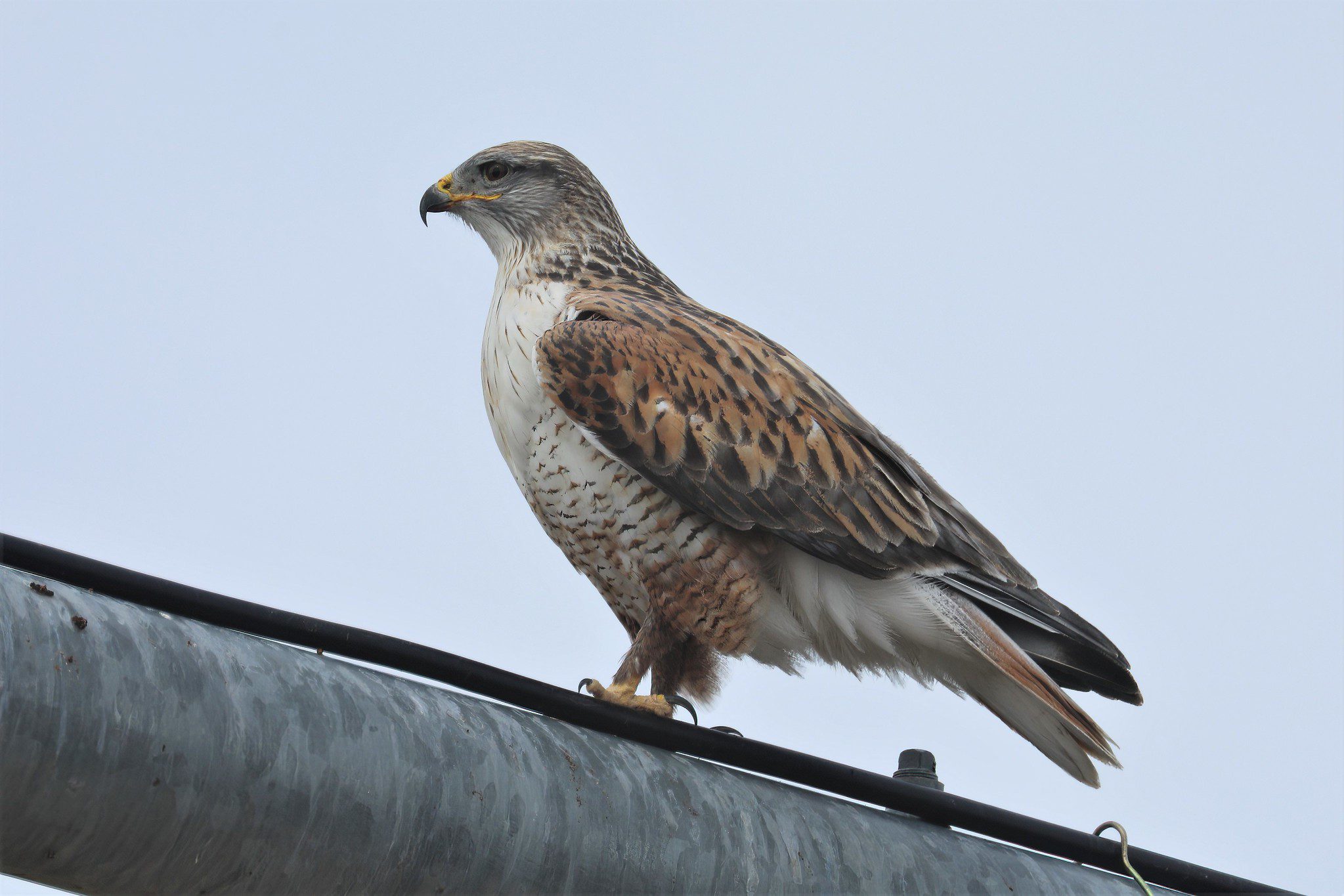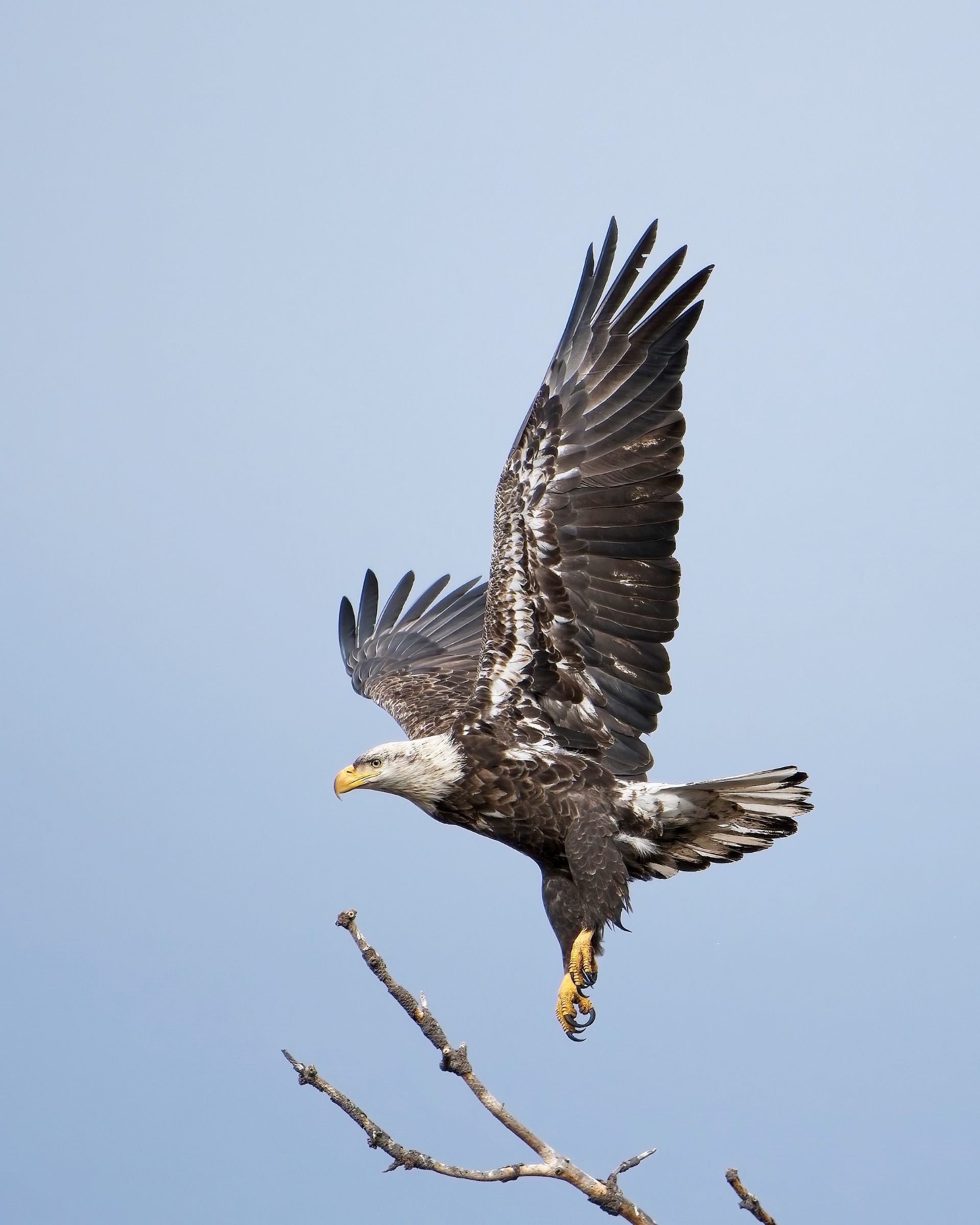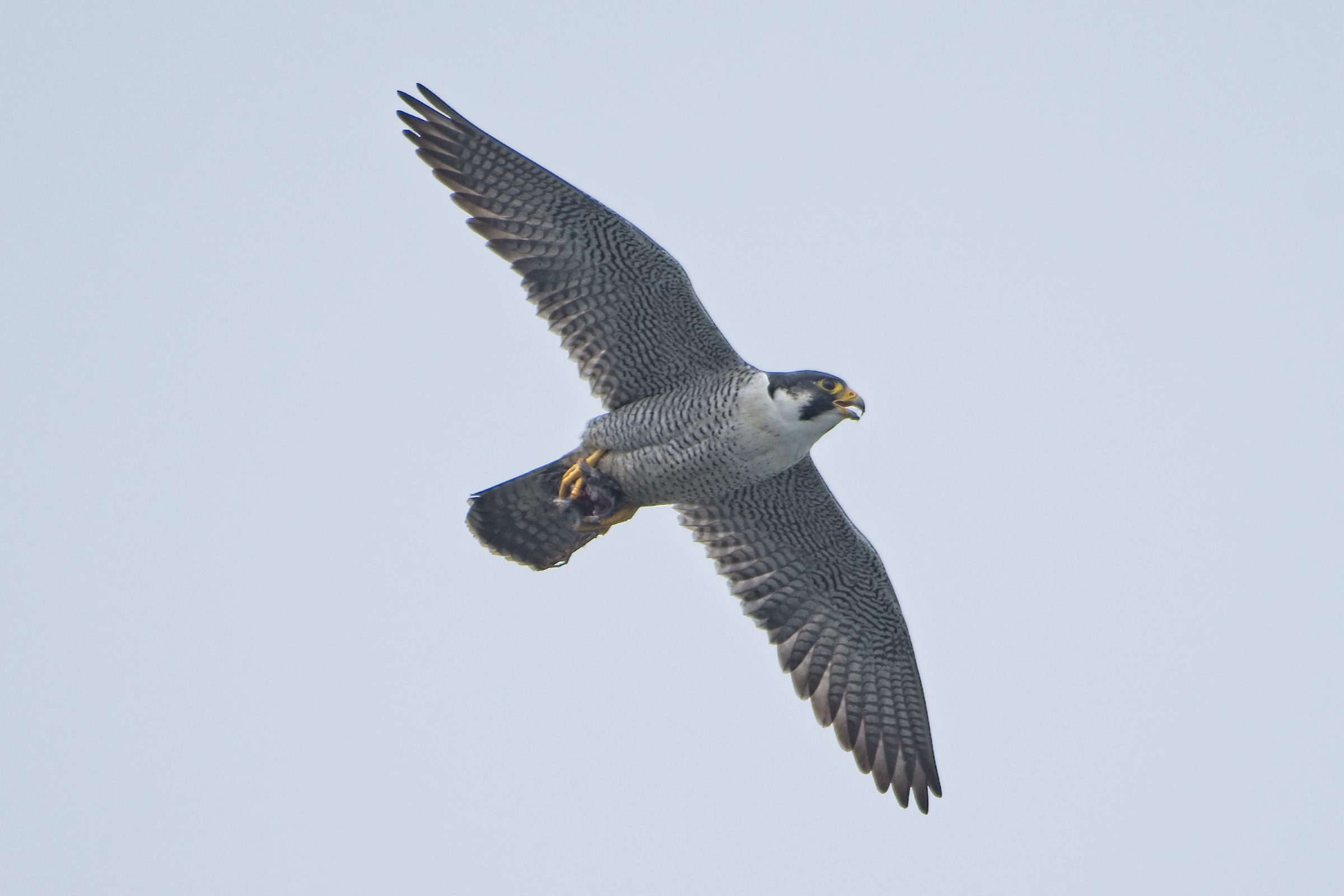Project Description
Winter raptor surveys began in November 2004, with a total of 79 routes, all in Oregon. During the 2021-22 season, 500+ raptor routes were run in Oregon, Washington, Idaho, and in small portions of north central California, NE Utah, and SW Montana. Participants include more than 425 primary survey volunteers and one high school biology class in Halfway, Oregon that conducts surveys on two routes in their area.
Surveys are conducted by project volunteers who drive a designated route once a month during December through February, and optionally, November and March, recording each raptor seen. Each month, data collected are compiled into a monthly summary chart and distributed to survey volunteers.
At the end of the season, project leader, Jeff Fleischer, collects and compiles the data from all routes. The Peregrine Fund, based at the World Center for Birds of Prey in Boise, Idaho, houses all the data for the 15,000+ raptor routes run by this program over the years. Data collection, management, and visualization for the Winter Raptor Survey project is provided through GIS support coordinated by Kevin Black-Tanski.
Why We Do This and What We Have Learned
Project leader Jeff Fleischer and his army of volunteers continue this massive project for two reasons. First, the aim is to determine population numbers each winter for the various species of birds of prey that winter in or migrate through the Pacific Northwest states. By monitoring any increasing or diminishing populations, data can be provided that can lead to protection of birds in decline. It is hoped that sharing data with the agencies responsible for land use management will help them in making informed and proper decisions with birds in mind.
Secondly, the project provides a platform for those interested in citizen science work. Agencies charged with managing wildlife populations are often woefully underfunded and understaffed to adequately monitor wildlife populations. Non-professional volunteers provide our birds with a cadre of ambassadors on their behalf. They not only get to enjoy viewing their favorite birds of prey but they add to our knowledge of this great group of birds!
The creation of data history charts for each route has generated a record of the population ups and downs for each raptor species. The Peregrine Fund recently completed an in depth statistical analysis of our data. Several species in this project have experienced range expansion and increased population numbers. Likewise, several species have generated concern because of declining numbers and range contraction. A more in depth analysis is forthcoming and results will be made available on the ECAS website.
What Volunteers Do
Volunteers conduct once per month surveys on established survey routes. They use data collection forms specifically designed for each route that list the sequential road segments traveled/surveyed, recording their sightings on each road segment of the route as they drive them. Once a survey is completed, the data are submitted to the project leader.
Project Focus Areas
- Population Monitoring
- Bird Conservation
- Endangered/Threatened Species
- Community Engagement via Citizen Science
Would You Like to Volunteer?
The project leader makes sure each route is staffed with volunteers each winter. Ninety to ninety-five percent of project routes are filled by previous volunteers committing to another winter of survey work, but room is available for new recruits. New volunteers would likely live near the route for which they volunteer. ECAS acts as a conduit for the project by collecting information on potential volunteers. Filling any vacancies occurs in October after prior volunteers have expressed their desire to continue via the August and September route-filling process.
The best way to get a flavor for these routes is to get to know route volunteers by joining ECAS field trips or attending ECAS monthly meetings. Raptor routes are often run with two or three helpers and if you let people know that you’d like to ride along and help identify raptors, you could get your feet wet.
To volunteer or for more information, email Jeff Fleischer, project leader at raptorrunner97321@yahoo.com. Please put “Winter Raptor Survey” in the subject line.
Project Reports and Information
Other Projects
- Bluebird Nest Box Project
- Cabin Lake Bird Blind
- Deschutes Land Trust / ECAS Bird Surveys
- Don and Lowell Franks Nest Box Project
- Geographic Information Systems (GIS) Project Support
- Golden Eagle Nest Camera on Whychus Creek
- Greater Sage-Grouse Project
- Green Ridge Raptor Survey
- Highway Osprey Nest Monitoring
- Kestrel Nest Box Project
- Lake Abert Coalition Bird Survey
- Pinyon Jay Study
- Summer Lake Shorebird Survey
- Vaux’s Swift Migration Survey
- Whiskey Springs Restoration



